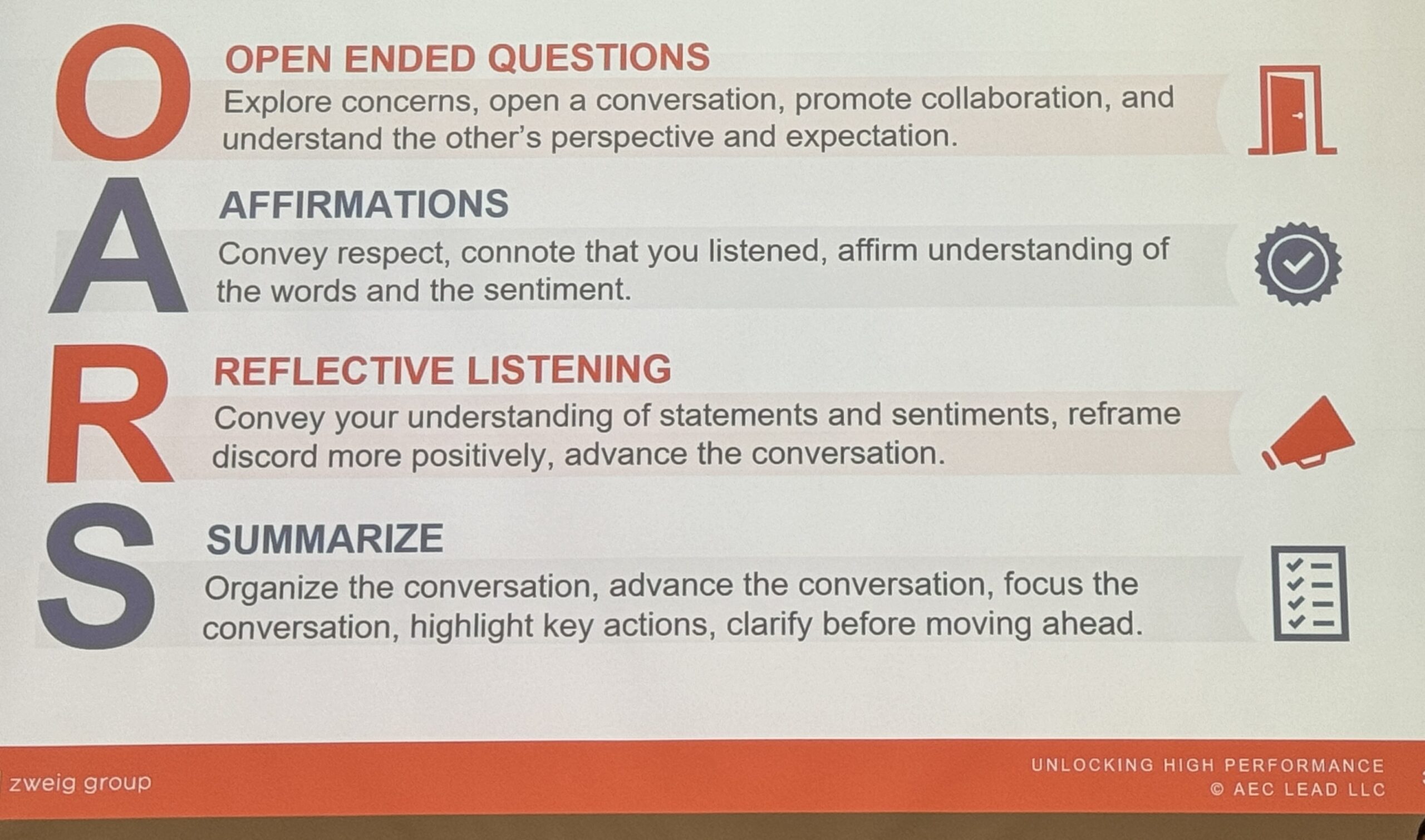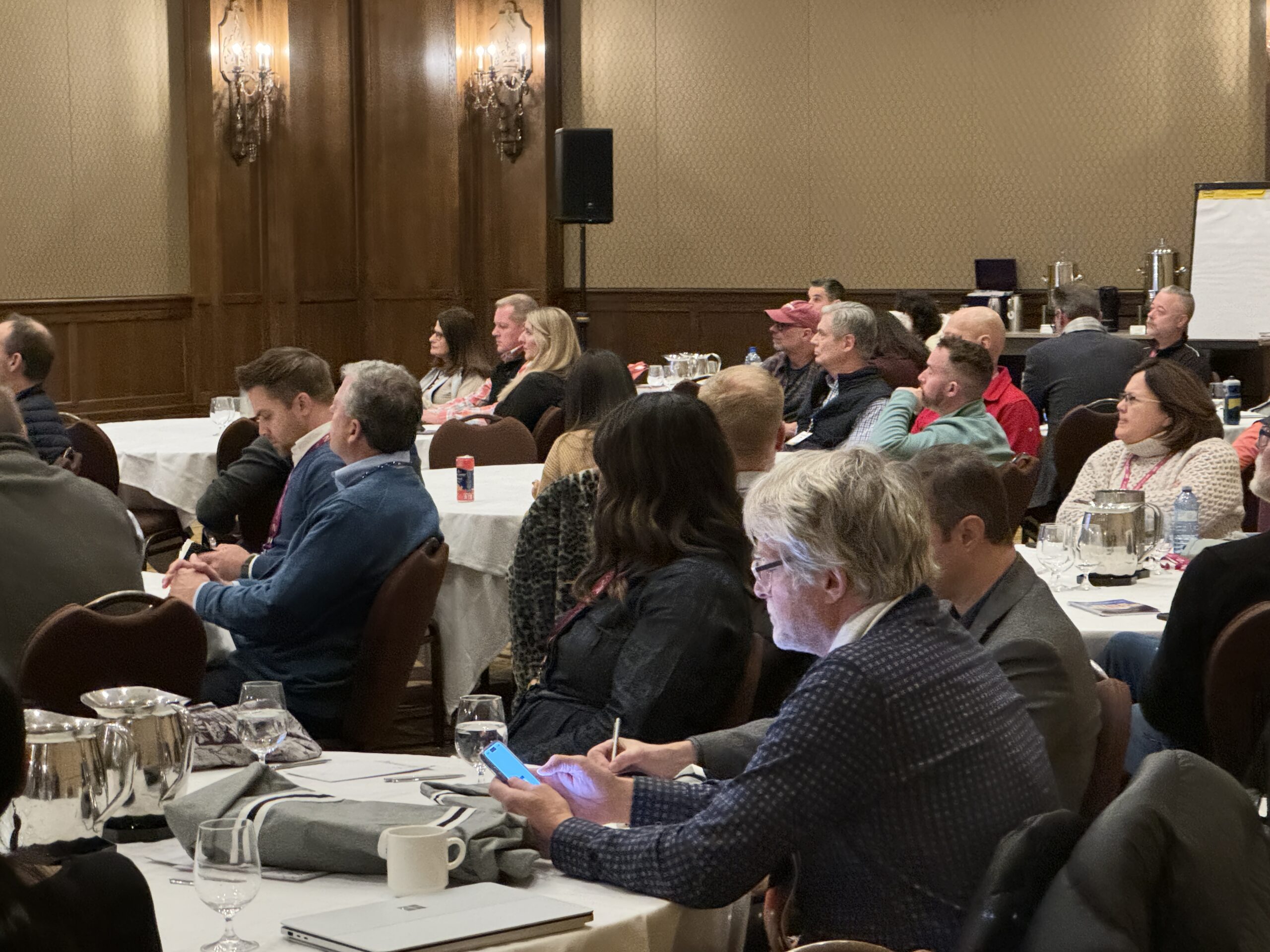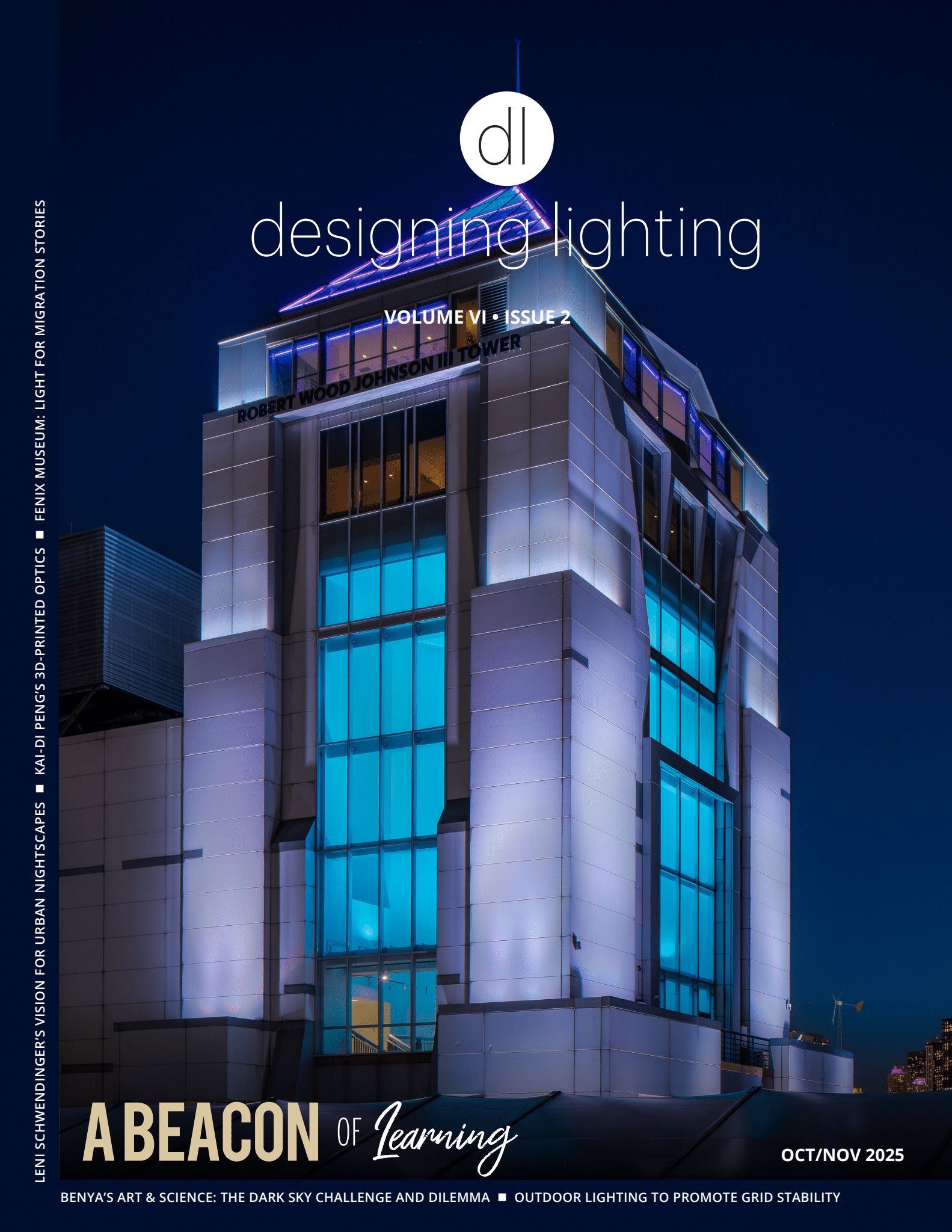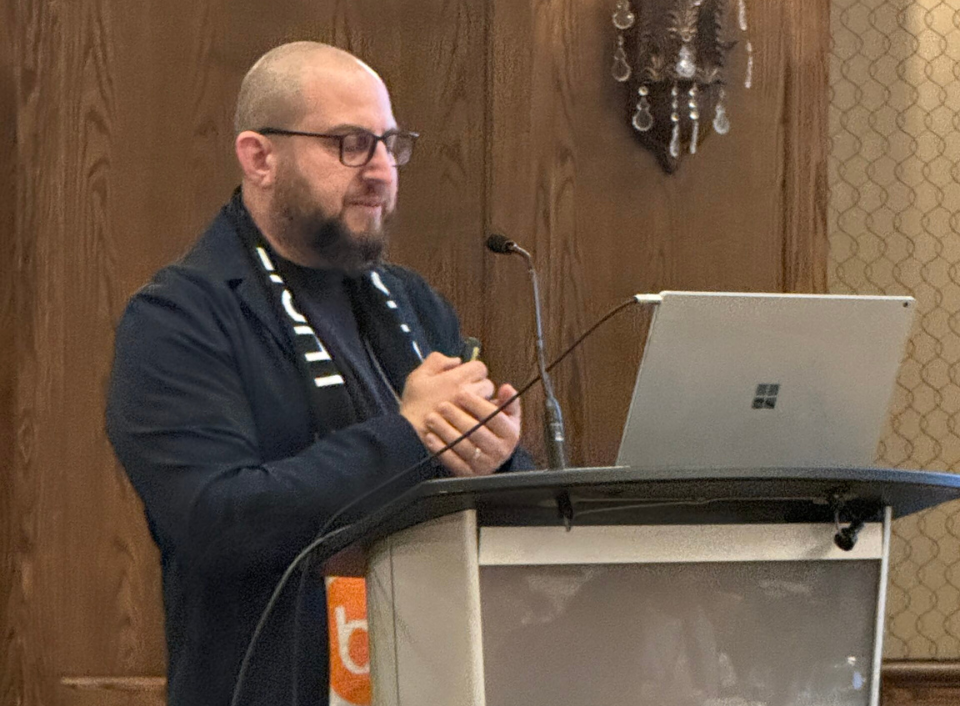Effective Project Management for Lighting Designers: Insights from Justin Smith at the IALD Enlighten American Conference
David Ghatan kicked off the Business of Light session at the IALD Enlighten American Conference, the event was facilitated by Justin Smith of the Zweig Group, focusing on the crucial aspect of project management for lighting designers. Barbara Horton explained to me that HLB Lighting Design has worked with Zweig Group for over 20 years and that is why she recommended Zweig for this talk. Axis Lighting sponsored the event.
Proactive Project Kick-off: The Offensive Approach
Justin emphasized the importance of taking a proactive stance right from the project’s inception at the kickoff meeting. For lighting designers, this translates to:
- Charting out the direction right from the start.
- Being well-versed with the project’s numbers.
- Leading the client, rather than merely following.

OARS Slide
Project Management Nuances
Central to Smith’s address was an examination of what governs the trajectory of projects. Why do some projects excel while others falter? A ‘one size fits all’ approach can often be counterproductive. Significantly, a majority of the designers in the room acknowledged handling over 20 projects in the past year, which drives home the importance of tailor-made strategies for each venture.
The essence of project management, as highlighted by Smith, revolves around clear goal setting. Can every team member articulate the project’s objective? Too often, the euphoria of acquiring a project overshadows the necessity to set clear aims.
Defining and Measuring Success
How do you define project success? For many, the primary parameter is profitability. But, how do you visualize it? Justin advocates planning from the top and executing from the bottom.
Financial Acumen in Project Management
Ensuring a healthy cash flow with minimal follow-ups is paramount. One strategy he suggested is to preview a sample invoice with the client before dispatching the first bill and accompanying each invoice with a detailed project progress summary.
Financial goals might sometimes necessitate forgoing high visibility ‘Portfolio Projects’, as they might not always align with profitability aspirations. However, it’s vital to strike a balance between financial goals and other objectives. Every project doesn’t necessarily need to cater to the same financial benchmarks. They should complement and serve other projects.
Navigating Client Budget Discussions
A recurring challenge is the client’s hesitancy in divulging the budget. Smith offered an illustrative approach on how to tactfully broach this topic: Instead of a passive inquiry like, “If it’s not too much trouble, can you share the budget?” a more direct approach such as, “So hypothetically, if the budget is $3.0M, are you comfortable with that?” can be more effective. Justin did a role-playing exercise with David Ghatan offering several techniques for obtaining that budget number.
Valuing Feedback and Understanding Value
Positive client feedback is invaluable, but so is internal feedback. But what does commendable feedback encompass? Internally, it reflects a team that’s empowered, engaged, and contented. On a lighter note, Justin quipped, “How your teams’ significant others treat you when they see you,” as a measure of team satisfaction.
Value, as Justin puts it, is the difference between the amount paid and the perceived worth of the services. Companies must bridge the gap between the client’s willingness to pay and the compensation offered to employees, the latter typically being the firm’s largest cost.

Redefining Client Expectations
A revealing Bain study indicated a staggering gap between company and client perceptions. While 80% of companies believed they provided a superior experience, only 8% of clients concurred.
Justin spent time discussing the dynamic between a project manager (PM) and the project owner Especially in lighting design, this relationship can shape the trajectory of the entire project.
When faced with the dilemma of whether the PM should communicate directly with the owner’s project manager, the answer lies in understanding the hierarchy of communication and the expertise each party brings. The architect client, as the central figure in the project, undoubtedly plays a crucial role. However, it’s essential for the principal to position the PM optimally, allowing the PM to lead the discussion while the principal remains in attendance.
Justin asked “Why is it so crucial for the PM to own this relationship?” The answer lies in the project’s intricacies. The PM’s daily involvement ensures they have a finger on the project’s pulse, understanding every nuance and challenge. By positioning the PM to own the relationship, it prevents situations where the owner might feel the urge to bypass the PM.
As we transition to the kickoff stage of your project, it’s essential to delve deep into the preliminary aspects, ensuring a smooth progression. A critical component of this phase is the “Project Grease” questionnaire, designed to proactively address and mitigate potential roadblocks. Firstly, it’s imperative to identify any potential issues that could hinder the project’s success. By employing open-ended questions, he aims to collaboratively explore these issues with our clients, ensuring clarity and alignment. The ultimate goal is to “pre-solve” these challenges. This proactive approach involves a thorough exploration of potential problems, devising solutions, and meticulously documenting key processes to ensure consistency and efficiency.
To tailor our approach to your preferences and enhance communication, Justin suggests a few questions:
- What is your preferred method of receiving information, especially during critical decision-making junctures?
- In order to ensure the project’s success, how can we best support you in making informed decisions?
- What is your standard procedure for communicating changes or updates related to the project?
He tells the client, “Your insights will be instrumental in shaping our collaboration, and we look forward to optimizing our workflow to best suit your needs.”
Justin Smith’s insights illuminated the complexities and nuances of effective project management for lighting designers. His emphasis on a proactive approach, tailoring strategies for individual projects, and the significance of understanding value all underscore the multidimensional nature of the field. Smith’s teachings provide a holistic blueprint for lighting designers to navigate both the business and artistic facets of their projects, integrating financial acumen with client communication. By championing clear goal setting, embracing feedback, and fostering meaningful client relationships, Smith offers a transformative roadmap for the industry, guiding professionals to not only achieve project success but also to redefine the very benchmarks of excellence.




